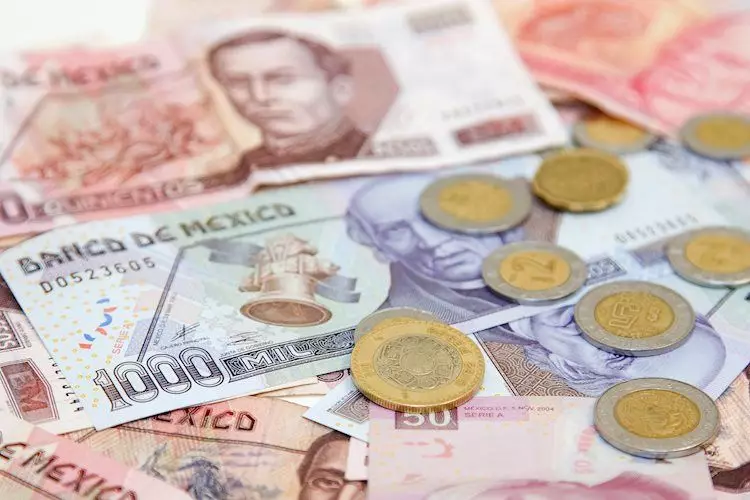The Mexican Peso has seen an increase in demand despite Banxico’s surprising decision to lower rates by 25 bps in a 3-2 split decision. This move by the central bank signals further easing ahead, despite the risks of inflation and concerns about economic growth. The board of Banxico revealed that the Consumer Price Index (CPI) is projected to rise to 5.2% in Q3 and then edge lower to 4.4% in Q4 of 2024. They anticipate that it will reach the goal of 3% plus or minus 1% by Q4 of 2025. Core inflation is also expected to decrease, dipping below 4% by Q4 of 2024 and reaching 3% by the end of the following year.
Mexico’s inflation rate rose by 1.05% month-on-month, surpassing estimates and showing a significant increase compared to the previous month. Core prices also ticked up, exceeding economists’ projections. However, on an annual basis, inflation slightly missed the consensus but showed improvement compared to the previous year. On the other hand, Mexico’s Industrial Production dipped from 0.7% to 0.4% month-on-month, exceeding estimates but plunging more than projected on an annual basis, indicating economic stagnation.
The value of the Mexican Peso is influenced by various factors such as the country’s economic performance, central bank policy, foreign investment, and remittances sent by Mexicans living abroad. Geopolitical trends, like nearshoring, can also impact the currency. The decision by some firms to relocate manufacturing capacity closer to their home countries can affect the Mexican Peso, as the country is considered a key manufacturing hub in the region. Additionally, oil prices play a significant role as Mexico is a major exporter of the commodity.
Role of Banxico
The main objective of Mexico’s central bank, Banxico, is to maintain inflation at low and stable levels, typically around 3%. To achieve this, the bank adjusts interest rates accordingly. When inflation is high, Banxico raises interest rates to control it, making borrowing more expensive and cooling overall demand. Higher interest rates are generally positive for the Mexican Peso as they attract more investors due to higher yields. Conversely, lower interest rates tend to weaken the currency.
Macroeconomic data releases play a crucial role in assessing the state of the economy and can impact the valuation of the Mexican Peso. A strong economy with high growth, low unemployment, and confidence is beneficial for the Peso, attracting foreign investment and potentially leading to interest rate hikes by Banxico. Conversely, weak economic data may lead to depreciation of the Peso. As an emerging market currency, the Mexican Peso tends to perform well during risk-on periods when investors are less risk-averse. In contrast, it may weaken during times of market turbulence or economic uncertainty.
The Mexican Peso’s value is influenced by a combination of domestic and international factors, including economic indicators, central bank policy, foreign investment, and geopolitical trends. Understanding these factors and their impact on the currency is crucial for investors and policymakers alike.

